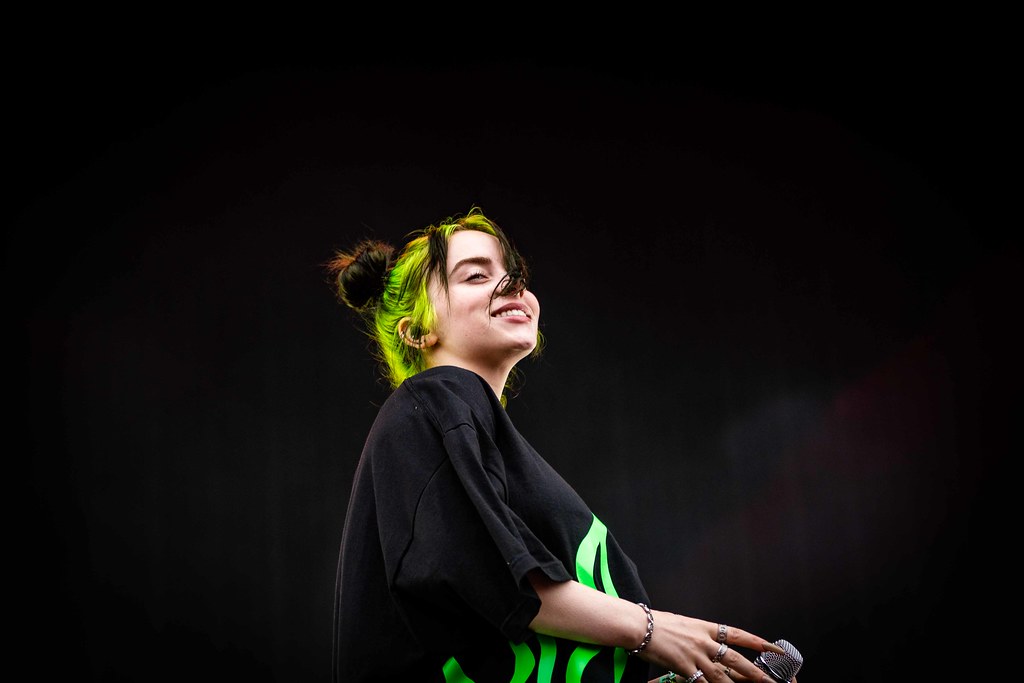Regarding penning the poignant and affecting Barbie ballad “What Was I Made For?” Billie Eilish remarks, “I do not think we would have been able to achieve had it not been for — had it not been like an assignment.”
Even though the song was intended to be the aorta soul theme for the Warner Bros. summer movie, Billie Eilish and her brother/colleague Finneas O’Connell’s rendition of it is so iconic: Precise, poetic, deeply felt, and self-reflective. After hearing it, how can someone not start crying? Song of the Year, one of two Grammy Awards that “What Was I Made For?” won (together with Best Song Written for Visual Media), is not surprising.
Let me say that again: the song won Song of the Year, defeating songs like “Flowers” by Miley Cyrus, “Dance the Night” by Dua Lipa—also from Barbie—”Vampire” by Olivia Rodrigo, “A&W” by Lana Del Rey, “Kill Bill” by SZA, and “Anti-Hero” by Taylor Swift. Extra evidence that O’Connell and Eilish are headed for their second unique project
“It was a dark period of time in life and very not inspiring period of time and a lot of like not feeling eager for the future, not feeling hopeful for the future, and not looking forward to the future,” Billie Eilish explains, explaining her somber inspiration for “What Was I Made For?”
It was a really significant event in my life, as well as Finneas’ and my creative lives; we both needed a boost to go back into the creative realm.
Following a half-hour of early Barbie video, O’Connell describes how co-writer Greta Gerwig and director Damien Nichols guided the pair toward writing the song that would serve as the film’s climax.
She truly said, ‘Carte blanche,’ as she handed it to us. I do not care what you guys do, she said. That seems to be a master class in being generous in order to achieve what you want. She gave us, I believe, the impression that she valued whatever ideas we had. It was appropriate to follow any desires we felt like pursuing.
“After that, she kind of slid under the hotel door and said, ‘If you feel like making Barbie’s heart song, we are missing it,’ which is such a really smart way to communicate with someone. Whether it was intentional or just a result of her being such a pure person, it is a really smart way to communicate with someone.” And that is a really good way to go about working with anyone. I have made an effort to absorb that and apply it to the other employees I deal with.
The song gives special tribute to Billie Eilish herself at the scene in the film where Barbie meets her maker, Ruth Handler (Rhea Perlman): The section is full with sentimental footage from the childhoods of young girls; it looks a lot like the part in Billie Eilish’s concerts where she plays her own home videos while singing the song “Getting Older.”
Concerning their composition approach for “What Was I Made For?” Refrain from asking the pair to disassemble:
When O’Connell discovers the song’s opening chord, he says, “You know Jackson Pollock? He would talk about creating what he called “automatic art,” meaning that if he created this incredible splatter paint effect, he would not be able to create the art he wanted to if he considered where he was moving his arm. It involved moving his arms to splatter paint where he desired it to. In music, it is crucial to do that and not overthink things.
Billie Eilish adds, “I think it is so, so crucial that Finneas is not an over-thinker when it comes to playing an instrument. It is amazing how he just sits down and plays whatever he wants to play.
The pair also discuss their relationship with Barbie on a personal level (their dad worked as a carpenter for Mattel, a toy manufacturer) and their plans for the future (hint: according to Billie Eilish, “no more songs for movies…we are going into album territory.”).
